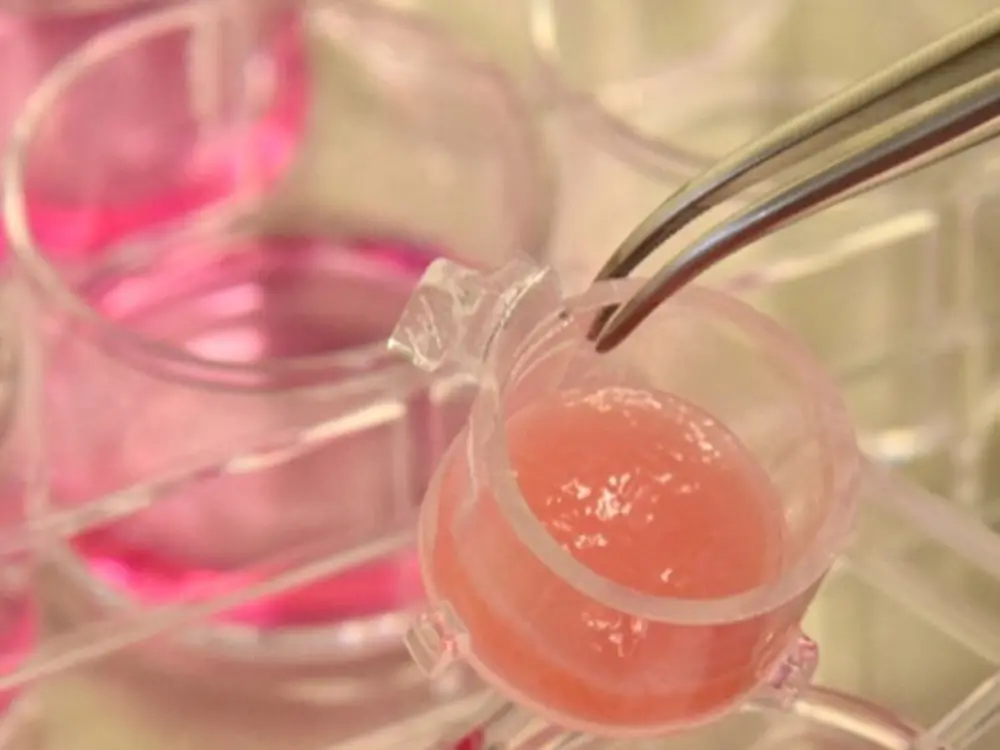A study published recently by Page et al. in Toxicology in Vitro (2024) demonstrates how the Phenion® Full-Thickness skin model can be used to overcome apparent limitations of the in vitro skin irritation test according to OECD TG 439, as observed with antimicrobial cleaning products (ACP’s).
Sep 17, 2024
New study demonstrates suitability of the Phenion® FT Skin Models for in vitro skin irritation testing of antimicrobial cleaning products
In a previous study with pure epidermal models the skin irritation potential of 10 ACP’s was partly overpredicted, resulting in an overall accuracy of only 60% compared to the Draize skin test (OECD TG 404). Therefore, the authors decided to exchange the epidermal models against the more complex, in vivo-like Phenion® Full-Thickness skin model, to adapt the TG 439 protocol accordingly, and to run a series of tests with 24 ACP formulations.
Based on the test results, a cut-off value of 70% tissue viability was defined to best distinguish between GHS No Cat. /EPA Cat. IV formulations and GHS Cat. 2 /EPA Cat. III/II formulations. With 78% sensitivity, 83% specificity, an overall accuracy of 79%, and with 8 out of 9 GHS 2 formulations classified concordantly with the Draize test, the test system was “…considered highly protective for severe irritants identified in vivo.”
The authors concluded that “…concordance between in vivo and in vitro irritation data was demonstrated to be suitable (…) using the modified OECD Test Guideline No. 439 using the Phenion® FT test system with a 70% cell viability selected as the most appropriate cut off for discriminating non-irritants (Class IV).” The superior performance of the full-thickness skin model is attributed mainly to a more robust barrier function and its composition of both, an epidermis and a dermis.
Taken together, the Phenion® FT Skin Model has proven its good predictive capacity for ACP formulations in a modified TG 439 protocol. This study has set a precedent for the in vitro skin irritation assessment of difficult-to-test chemicals with a more complex 3D skin equivalent. Thus, it could serve as a starting point for more studies to extend the applicability domain of TG 439 for chemical classes, formulations, and mixtures, which currently cannot yet reliably be tested.
Page et al.: Assessment of the utility of the novel Phenion® full thickness human skin model for detecting the skin irritation potential of antimicrobial cleaning products.
Toxicol In Vitro. 2024 94:105726. doi: 10.1016/j.tiv.2023.105726.

